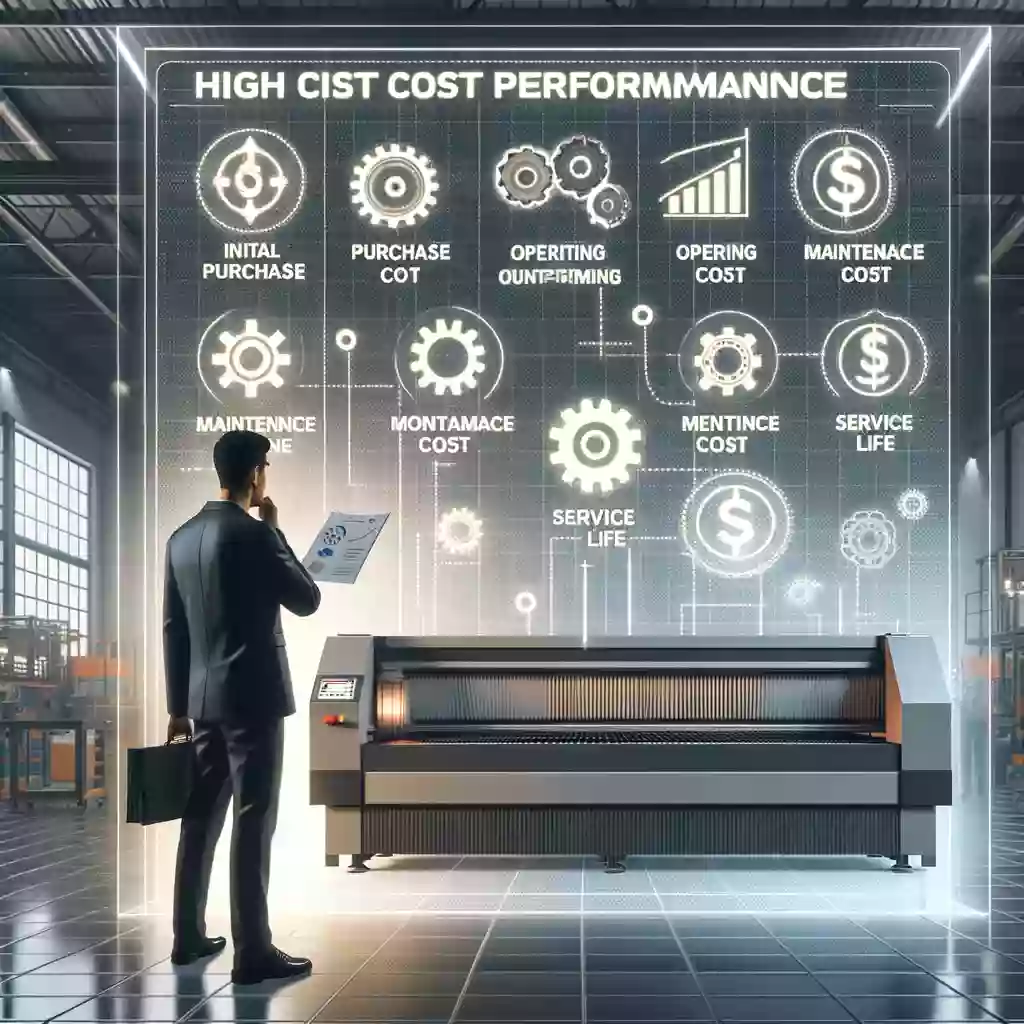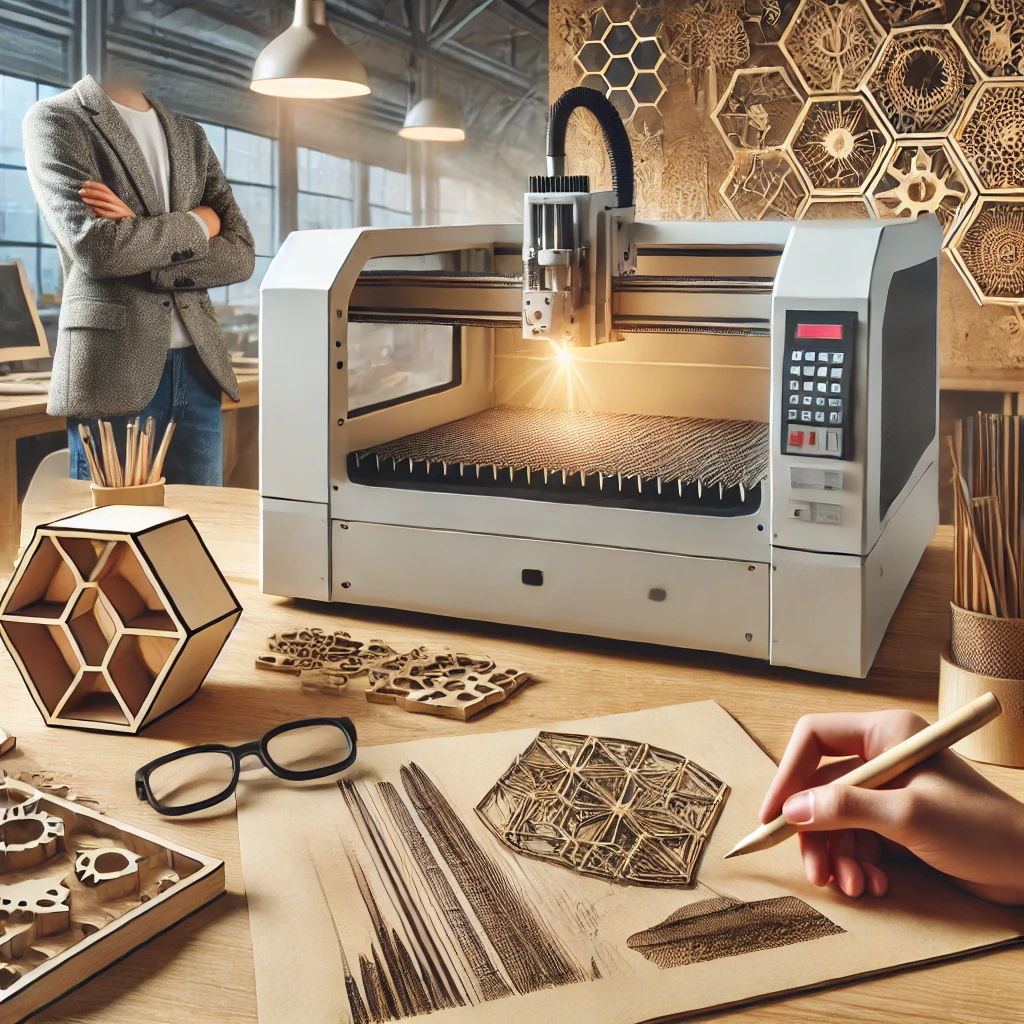The Working Principle of Laser Cutting Machines and Their Suitability for Wood

In the realm of modern manufacturing, laser cut woodworking has emerged as a revolutionary technique that blends the precision of cutting-edge technology with the natural beauty of wood. This method not only enhances the efficiency and precision of wood cutting but also opens up a whole new world of possibilities for designers and craftsmen. In this blog, we will delve into the principles of laser cutting technology and its compatibility with wood materials, highlighting the innovative ways lasered wood is transforming the industry.

The Principles of Laser Cutting Wood
Laser cutting wood operates on a straightforward yet powerful principle: it uses a high-powered laser beam to cut materials with extreme precision. The process begins with generating a laser beam, which is then directed through a series of mirrors towards a lens that finely focuses the beam on the wood’s surface. The intensity of the laser causes the wood to rapidly burn, melt, or vaporize, allowing for clean and precise cuts without physical contact.
Key Components of a Laser Cutter Wood
Laser Source: The source of the laser beam, typically a CO2 laser, is most commonly used for laser cutting wood due to its efficiency in cutting through non-metallic materials.
Mirrors and Lens: These direct and focus the laser beam to pinpoint accuracy on the wood surface.
Cutting Bed: Where the wood is placed and securely held during the cutting process.
Control System: A computer system that designs patterns and controls the laser’s path over the material, ensuring each cut is consistent and precise.
Why Use a Laser to Cut Wood?
Laser to cut wood technology boasts several advantages over traditional mechanical cutting methods:
Precision and Complexity: Lasers can achieve incredibly intricate designs that mechanical blades simply cannot match.
Speed: Laser cutting wood is significantly faster, especially for complex patterns.
Flexibility: Changing designs can be as simple as updating the software settings, without the need to change physical tools.
Quality: The laser’s fine point allows it to cut smoothly, reducing the need for post-processing.
Exploring the Suitability of Laser for Woodworking
When it comes to laser cut woodworking, the technology is particularly adept at handling various wood types and thicknesses. The suitability of laser technology for woodworking is influenced by several factors:
1. Type of Wood
Softer woods, like balsa and pine, are ideal for laser cutting wood as they can be cut quickly and cleanly with minimal burning. Harder woods, such as oak and maple, require more laser power and slower cutting speeds to achieve the same quality.
2. Thickness of Wood
The thickness of the wood also plays a crucial role in determining the cutting speed and power required. Thicker pieces need more power and slower speeds to cut through completely without excessive charring.
3. Desired Precision
The intricacy of the design also affects how well the laser can cut wood. Extremely detailed patterns require a finely calibrated laser for the best results.
Application Spectrum of Lasered Wood
The applications of laser cut woodworking are vast and varied. Here are a few areas where lasered wood is making a significant impact:
Furniture Design: From intricate cut-outs on panels to delicate inlays and overlays, laser cutting wood allows for the creation of unique furniture pieces.
Art and Decor: Artists and designers are using laser cutting wood to create complex patterns and shapes that were previously impossible.
Construction: Laser-cut wood components are used in building models and detailed frameworks, providing both strength and aesthetic appeal.
Conclusion
The art of laser cut woodworking represents a perfect synergy between technology and traditional craftsmanship. As we continue to push the boundaries of what’s possible in woodworking, laser technology stands out as a transformative tool that enhances not only the efficiency but also the creativity of wood artisans around the world.
This exploration into the workings and benefits of laser cutting in woodworking shows that this technology is not just a passing trend but a staple in modern manufacturing that offers significant advantages in terms of precision, efficiency, and aesthetic possibilities. Whether you’re a seasoned woodworker or a newcomer, understanding and leveraging the power of the laser can significantly upgrade the quality and scope of your projects.




